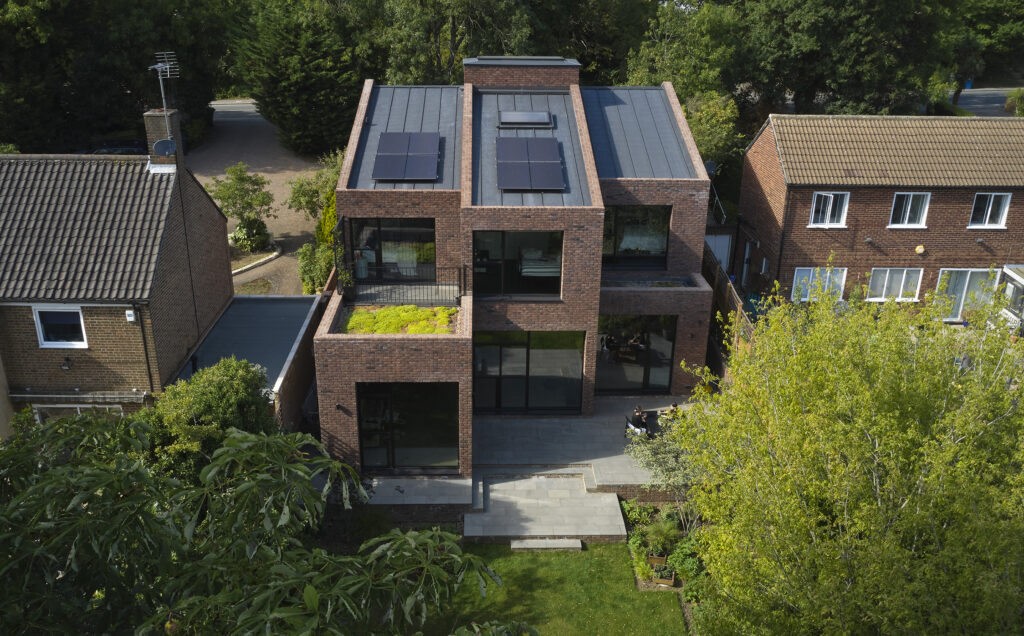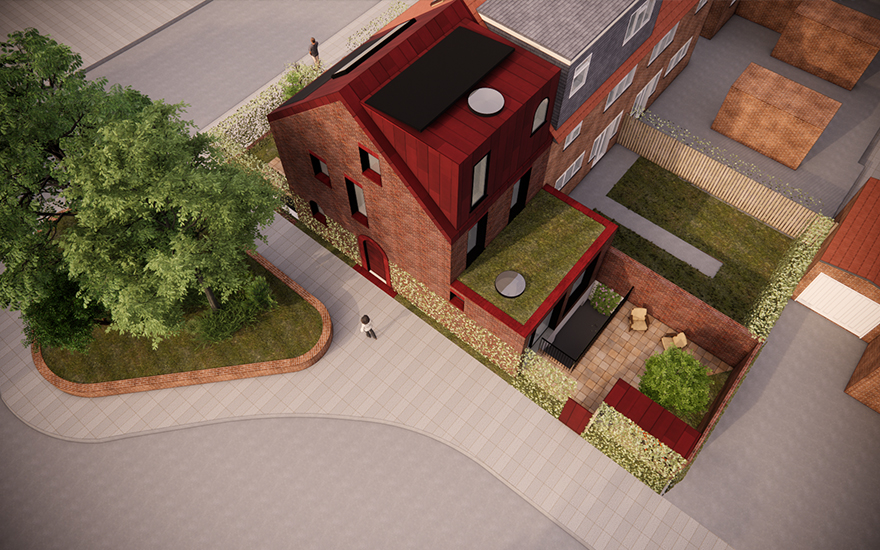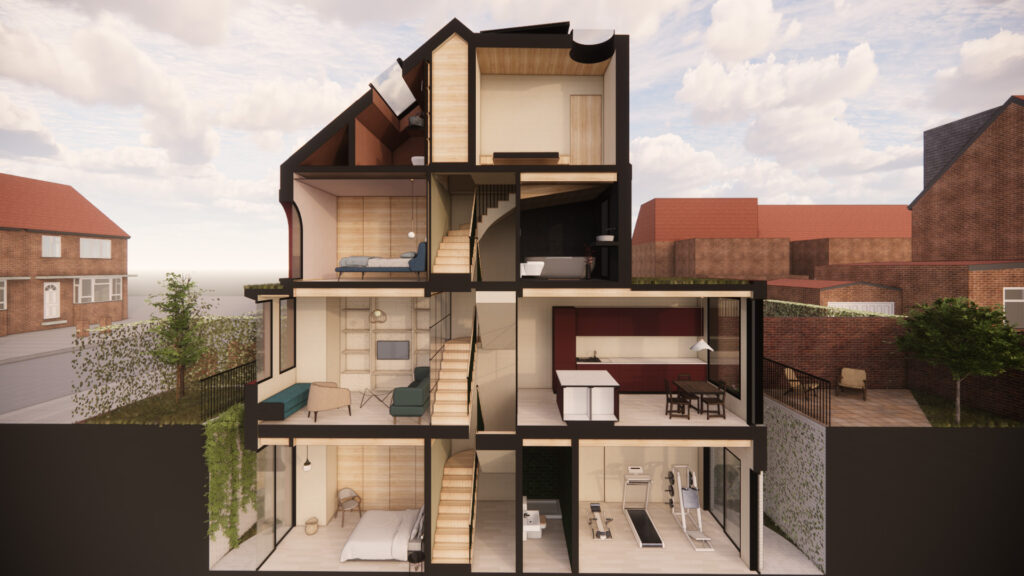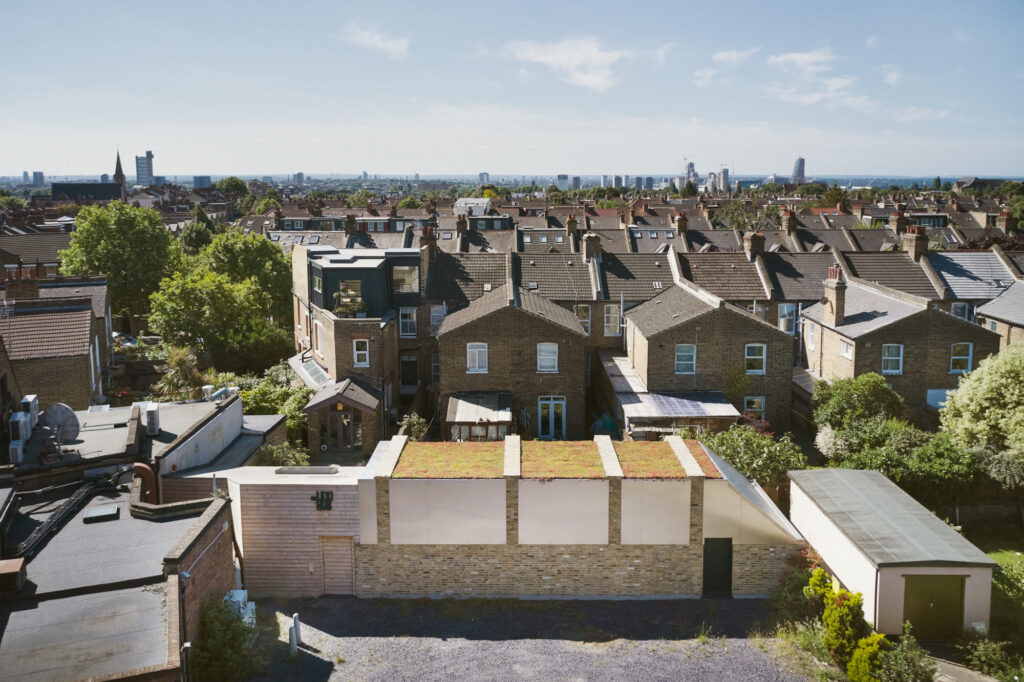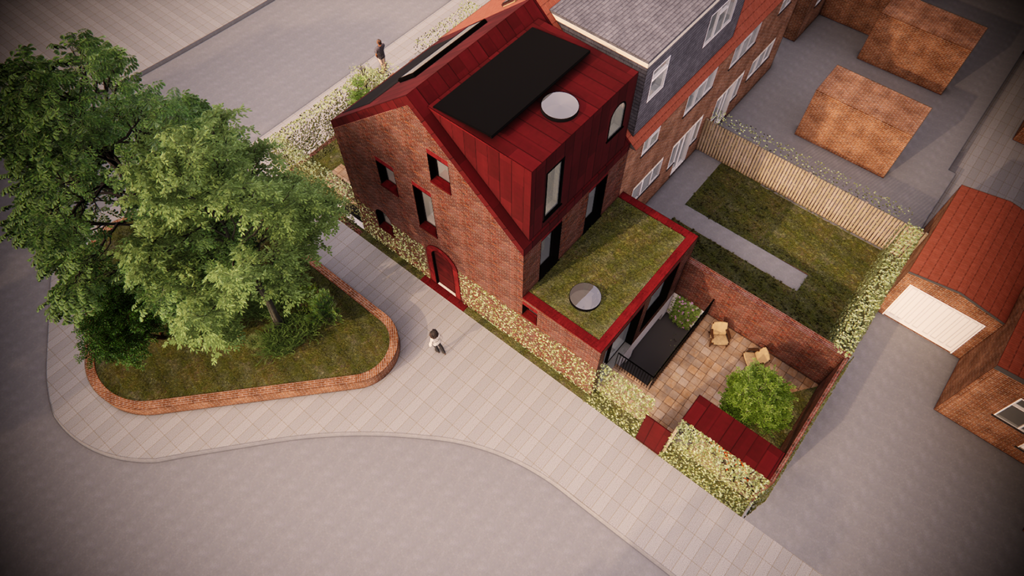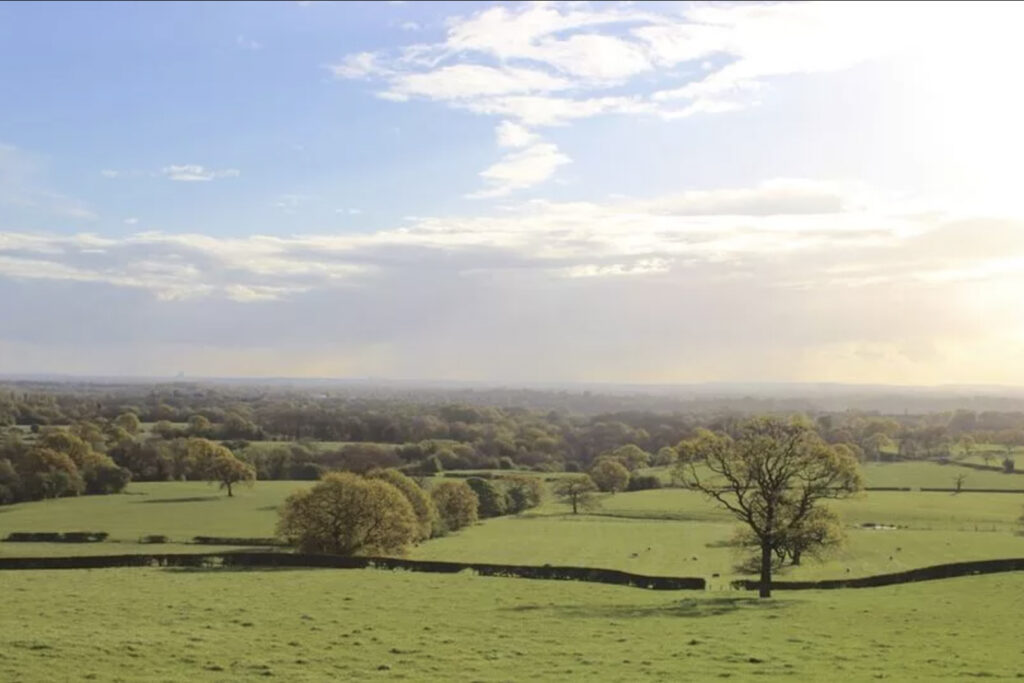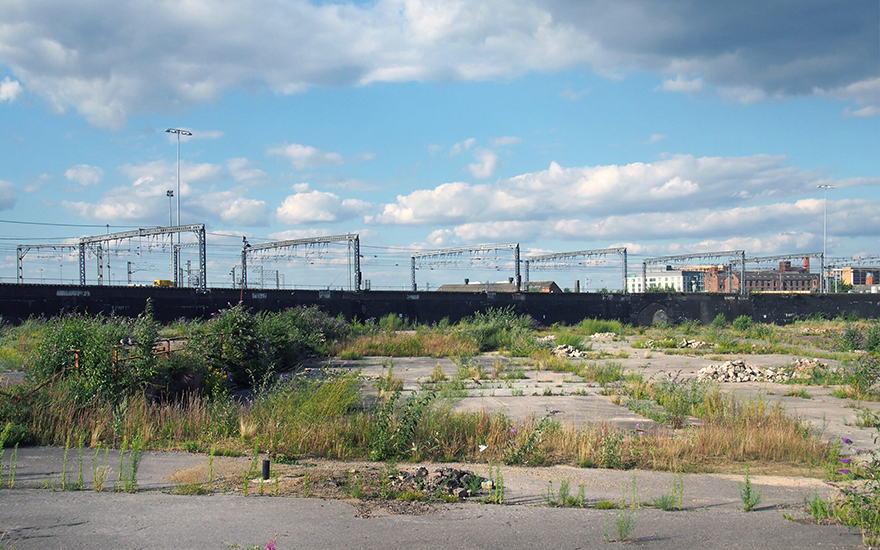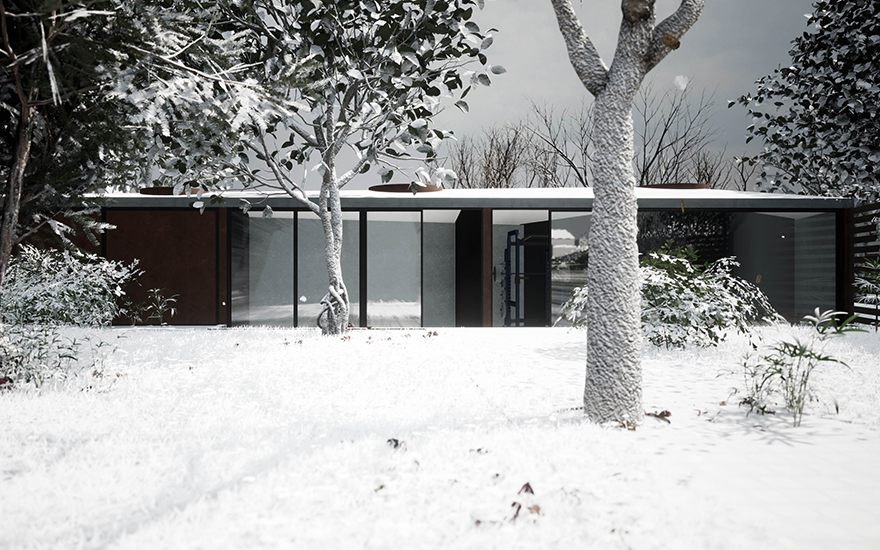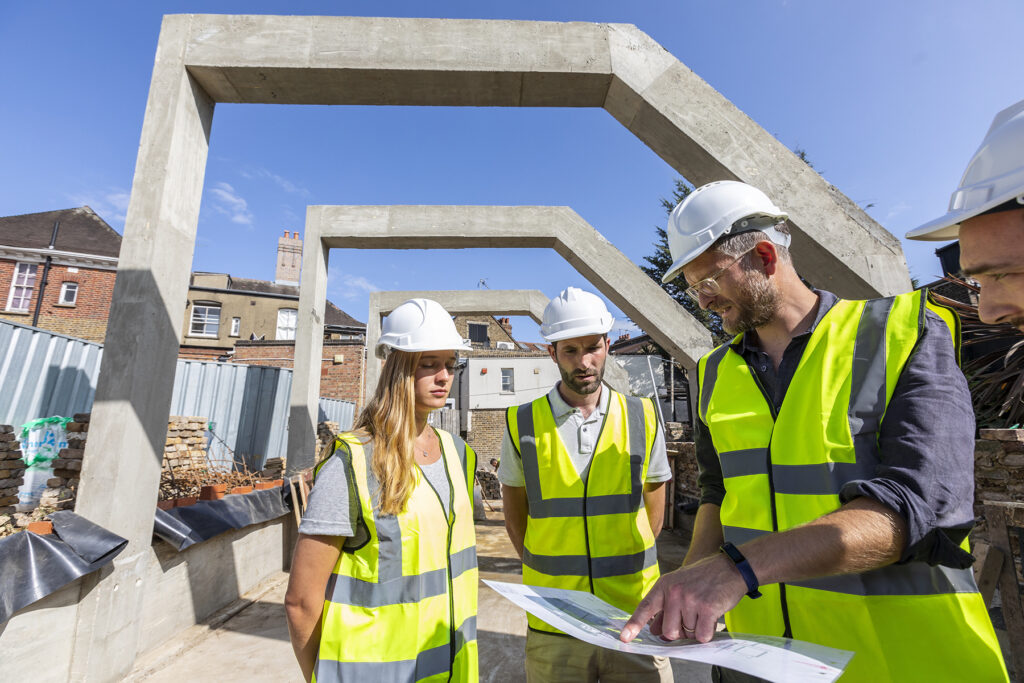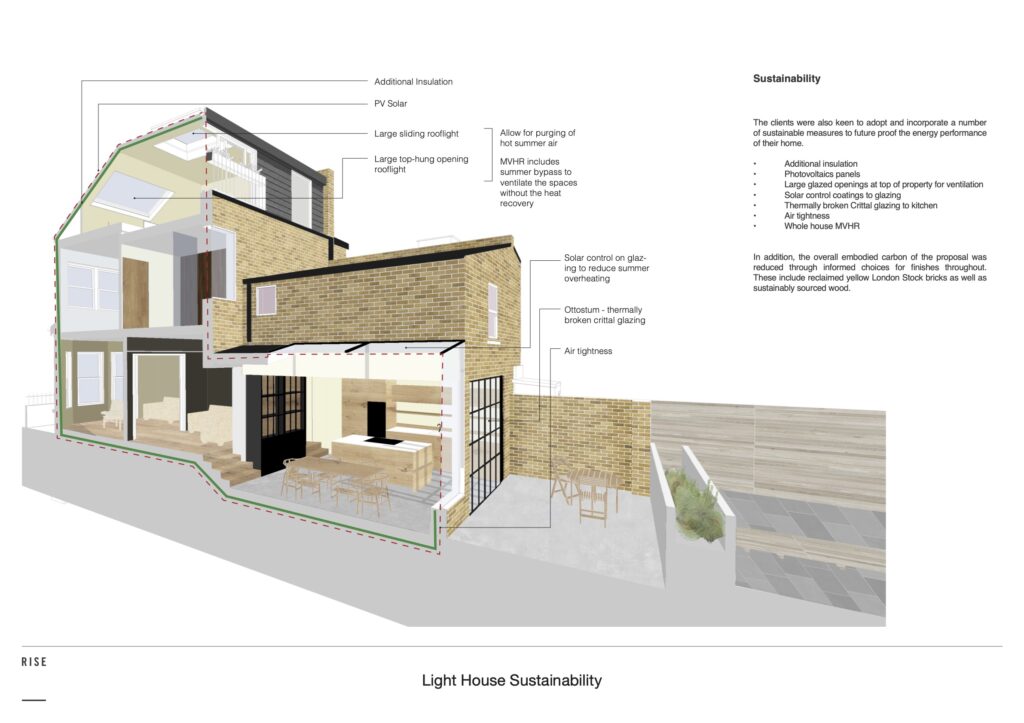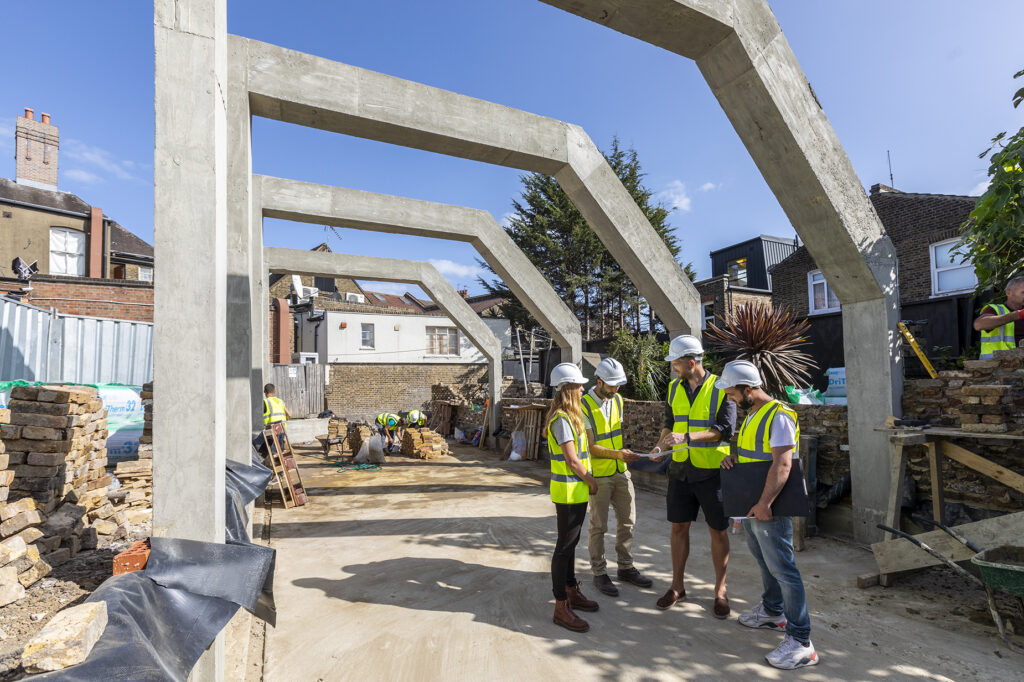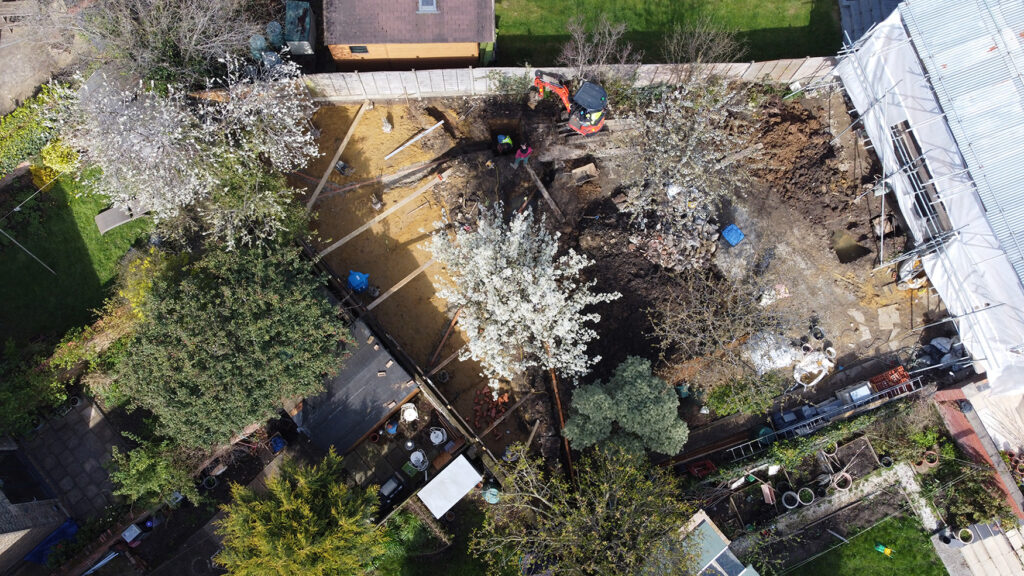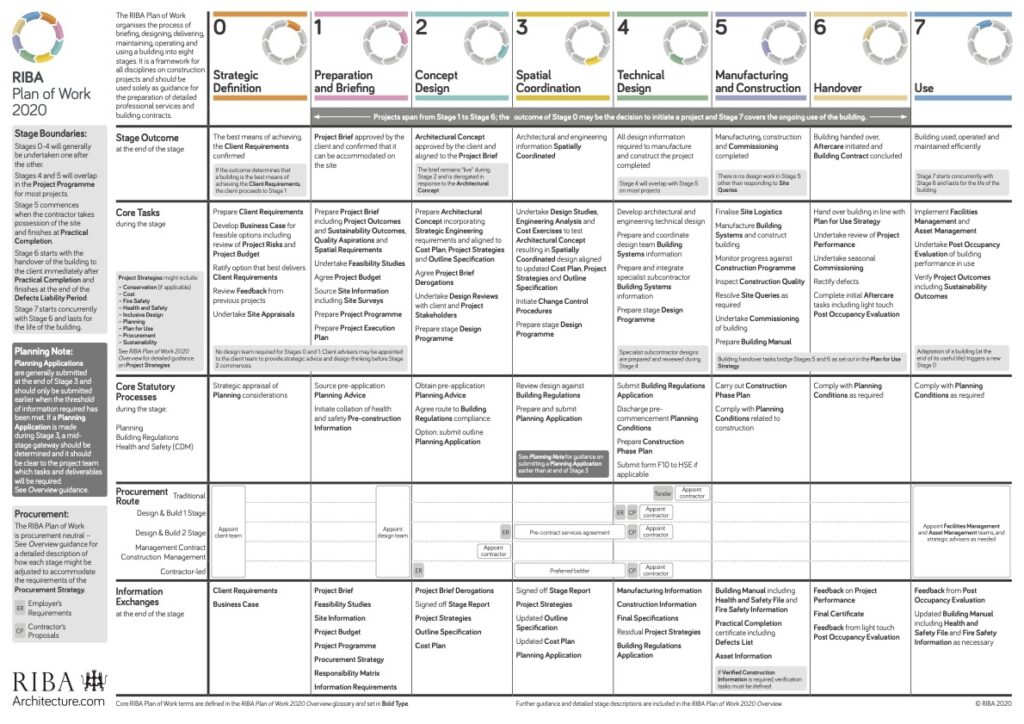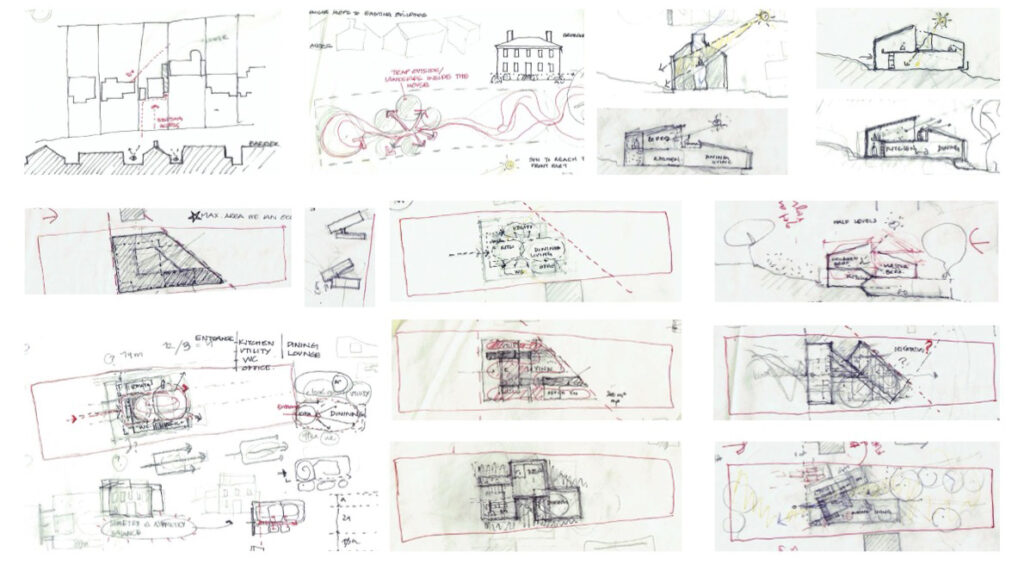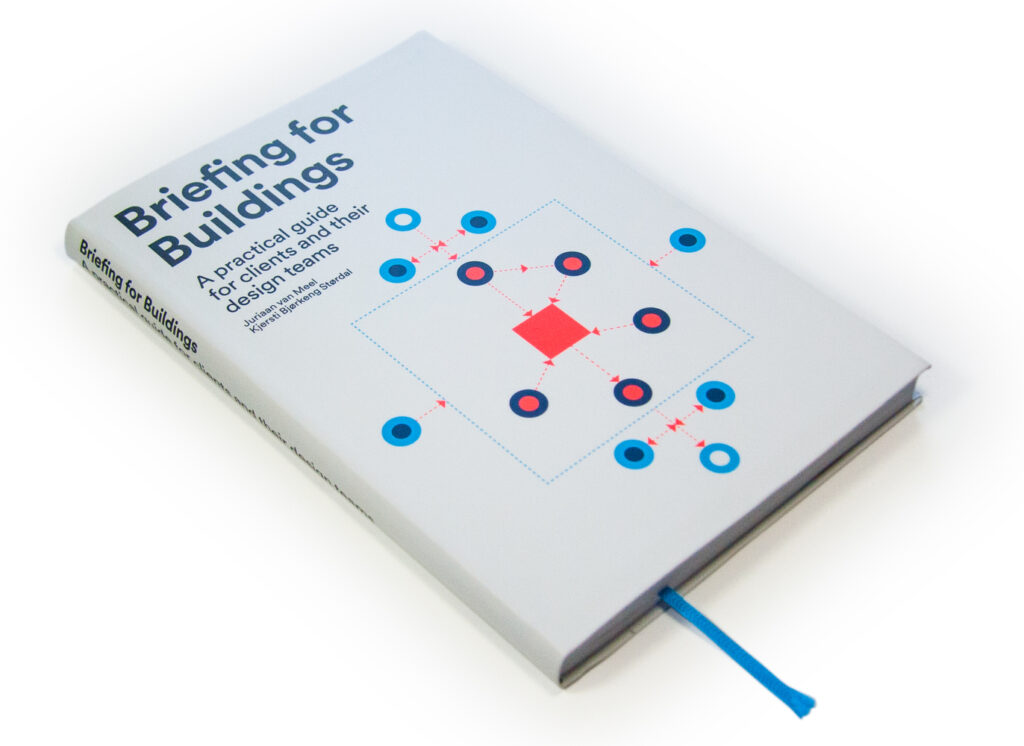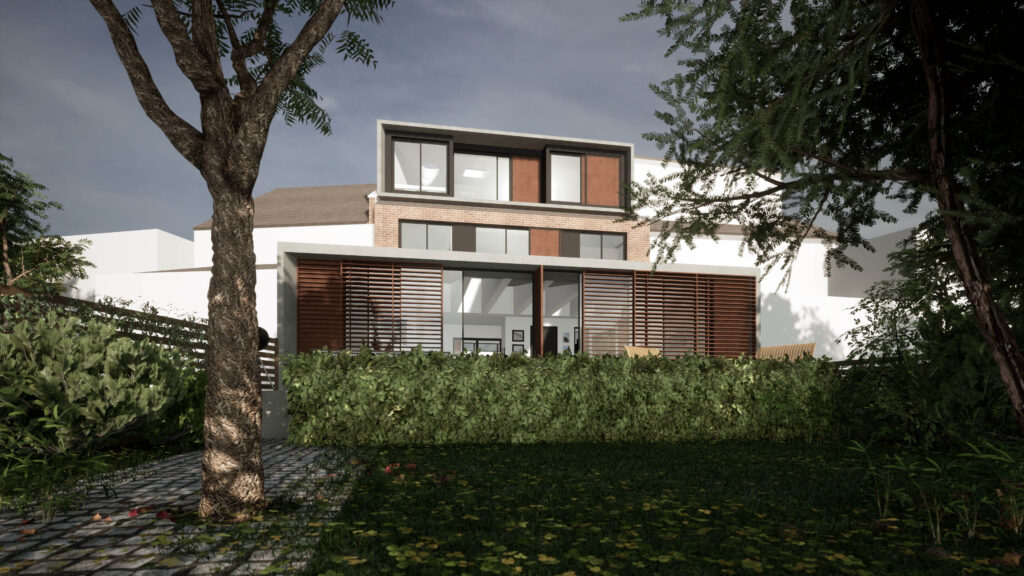With two decades of architectural experience under my belt and the ethos of sustainability at the core of our design philosophy, RISE Design Studio embodies a passion for low energy and low embodied carbon designs. The thought of each architectural drawing becoming a home, a living, breathing entity, fills us with awe and inspires us to delve deeper into the intricate realm of sustainable architecture.
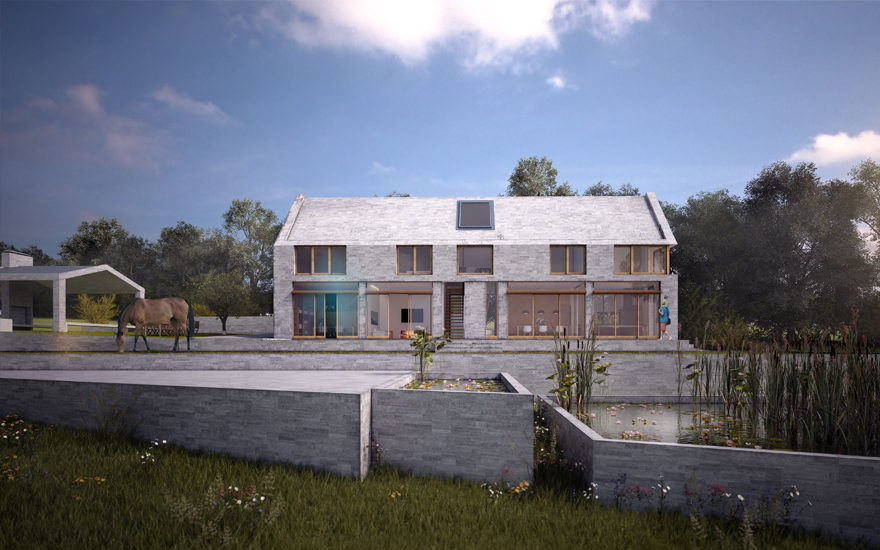
Part I: The Imperative Shift Towards Eco-conscious Living
Our planet hangs in the delicate balance of our actions. We are at the helm of an existential crisis – climate change, bolstered by greenhouse gas emissions where the construction sector notoriously plays a prominent role. To counter this, our studio has made it its mission to create buildings that harmonise with nature rather than wage a war against it.
To paraphrase a renowned philosopher, we did not inherit the earth from our ancestors; we borrow it from our children. With this in mind, our role as architects goes beyond mere design. It’s our responsibility to pave the way for a sustainable future, creating eco, Passivhaus, and zero-carbon homes that marry form, function, and the ethos of conservation.
Throughout the UK and indeed globally, there has been an appreciable shift towards eco-conscious design. More and more property developers are acknowledging the necessity for sustainable design, implementing systems that champion energy conservation, thereby significantly contributing to reducing carbon emissions. Our role as architects is instrumental in this movement, steering the tide towards the creation and retrofit of homes that strive to achieve this global objective.
Part II: The Promise of Eco Houses, Passivhaus, and Zero Carbon Homes
Imagine a world where homes and lifestyles align in perfect symmetry with nature. On one hand, we’d make significant investments in renewable energy, tapping into the bounty of the sun, wind, and water. On the other hand, we’d create dwellings that leverage these energy sources and preserve them.
Passivhaus houses and zero-carbon homes represent the very embodiment of this vision. They provide a roadmap for future sustainable developments, adding immense value, bolstering environmental credentials, and cultivating healthier, happier living spaces. So how does one design and build such homes without exorbitantly overshooting the budget?
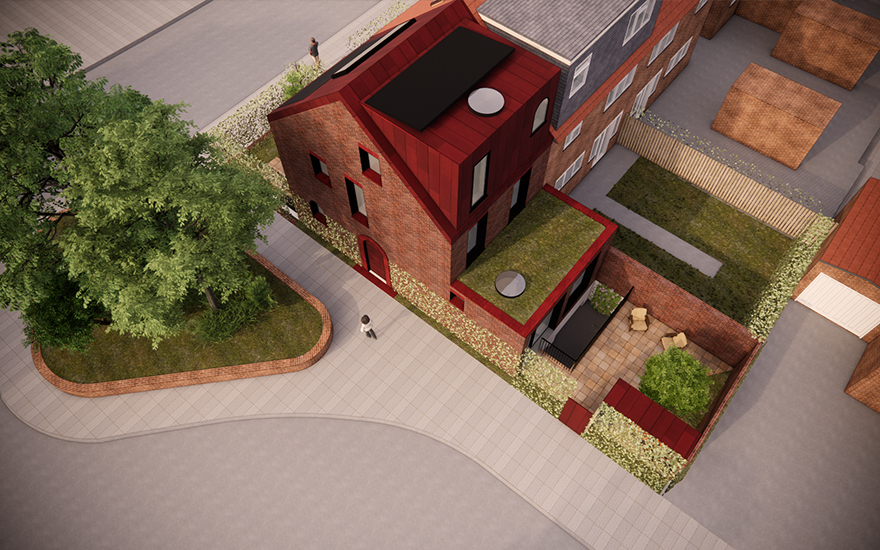
Part III: Breaking Down The Science of Sustainable Design
As we wade deeper into the age of sustainability, it’s clear that our global resources are fast depleting. But, as the adage goes, when the winds of change blow, some build walls while others build windmills. Just as the automotive industry has successfully ventured into electric cars, the construction industry too has started to turn the tide. Today, we stand at the forefront of creating zero-carbon homes – once considered a far-fetched dream but now a tangible reality.
Our architectural studio specialises in designing eco houses and retrofitting existing homes, placing energy conservation at the epicentre of our design process. We’ve successfully designed and built numerous low energy homes across the UK, in conjunction with government incentives that encourage households to insulate lofts or fill in cavity walls. Yet, the path to sustainable living is a long one, and there is much more to be done.
Part IV: Unravelling the Magic of Passivhaus Homes
The Passivhaus design standard, a beacon of sustainable housing, focuses on maintaining comfortable temperatures with minimal energy use. Its underlying philosophy is to construct homes that harness passive energy sources, such as sunlight and heat from human activity and appliances. This drastically reduces the need for space heating and cooling, resulting in comfortable, well-lit homes that leave a lighter ecological footprint.
Part V: The Blueprint of Zero Carbon Homes
Zero carbon homes are a leap forward into the realm of renewable energy. These homes aim to generate as much renewable energy as they consume, effectively nullifying their carbon emissions. But this is not without its challenges – not every location is suitable for renewable energy generation, and high-density urban areas pose their unique set of constraints. Here’s where the creativity of architectural design comes into play.
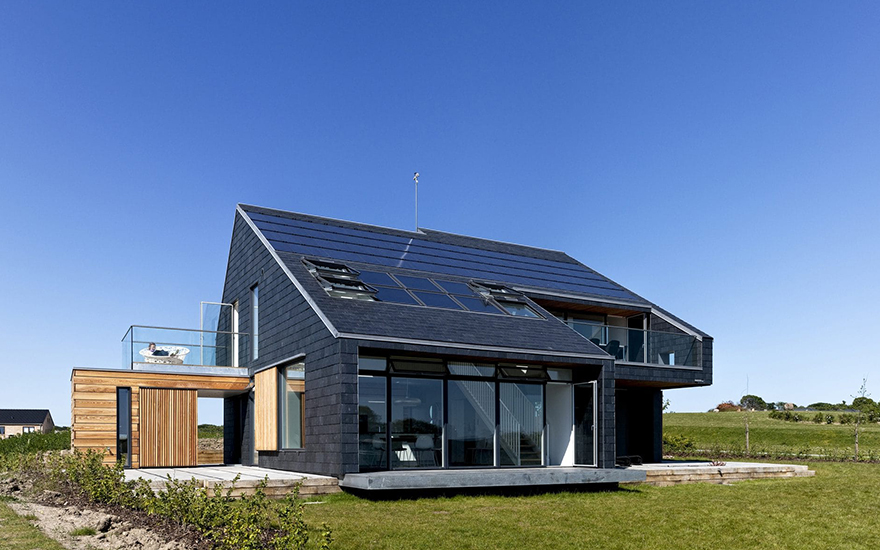
Part VI: Building the Sustainable Homes of the Future
The journey to building a sustainable home in the UK entails a careful balancing act of energy conservation and climate resilience. We must design homes that can withstand the UK’s temperamental weather while maintaining energy efficiency.
Utilising high-quality insulation, advanced window technologies, airtight construction, and thermal bridge-free designs, we can sculpt homes that offer a warm refuge during the winter months and a cool retreat during the summer.
Frequently Asked Questions
Q1. What is the motivation behind creating sustainable designs?
A1. Climate change, primarily driven by greenhouse gas emissions, is motivating a shift in architectural design towards sustainability. Since buildings contribute significantly to emissions, it is essential they become part of the solution. This involves creating structures that significantly reduce carbon emissions without compromising aesthetics and comfort.
Q2. What are the main considerations in designing an eco-friendly house?
A2. Architects designing eco-friendly houses must focus on two major considerations. Firstly, they need to consider ways to maximise the use of renewable energy, thereby reducing dependency on fossil fuels. Secondly, they must reflect on how our lifestyle can contribute to energy conservation. Concepts such as eco-houses, Passivhaus, and zero-carbon homes are emerging as the building blocks for a future that marries luxury and sustainability.
Q3. What is the role of eco-house architects in the green future?
A3. Eco-house architects play a pivotal role in the green revolution by designing and constructing Passivhaus and zero-carbon houses. They also retrofit existing homes to make them more energy-efficient. This helps to significantly reduce our carbon footprint and contribute to a more sustainable future.
Q4. What are Passivhaus homes?
A4. Passivhaus design is a gold standard in sustainable housing that combines comfort with minimal energy use. These homes leverage passive energy sources like sunlight and heat generated by appliances to drastically cut down on additional space heating. They are designed to enhance style and aesthetics, featuring abundant natural light and ventilation.
Q5. What are the main features of zero carbon houses?
A5. Zero carbon houses represent the epitome of renewable energy maximisation and energy efficiency. These homes employ innovative heating and cooling technologies and energy-efficient materials to reduce emissions. In some cases, they produce negative CO2 emissions, thereby contributing to the fight against climate change.
Q6. What are the challenges in designing zero carbon houses?
A6. Not all building sites and locations are suitable for generating and accommodating renewable energy. Urban areas pose unique difficulties due to environmental constraints. Therefore, the key is to employ innovative designs and solutions that cater to the specific site and climate conditions.
Q7. What are some strategies to build sustainable houses in the UK?
A7. Eco-house architects in the UK utilise high-quality insulation, high-performance windows, airtight building materials, and ‘thermal bridge-free’ construction to build sustainable houses. These strategies help maintain comfortable temperatures throughout the year, irrespective of weather extremes.
Q8. What is the importance of insulation in a sustainable house?
A. Insulation is crucial to energy conservation in a sustainable house. It helps to retain heat during the winter and keeps heat out during the summer. High-quality insulation is a key component of energy-efficient and sustainable housing.
Q9. What role does the architectural industry play in the sustainable revolution?
A9. The architecture industry plays a crucial role in the sustainable revolution. It’s their responsibility to design low energy and low embodied carbon buildings, serving as torchbearers in the journey towards a sustainable and low-carbon future.
Q10. What factors contribute to the shift towards eco-conscious design in property development?A10. Recognition of the environmental impacts of construction, particularly its significant contribution to global greenhouse gas emissions, is prompting property developers to adopt sustainable design. Consequently, an increasing number of eco houses are emerging across the global architectural landscape, all sharing a common goal to reduce and ultimately eradicate CO2 emissions.
Ready to embark on your low-carbon journey with eco-house architects?
Feel free to reach out if you have any inquiries or if you’d like to delve deeper into the discussion.
If you would like to talk through your project with the team, please do get in touch at mail@risedesignstudio.co.uk or give us a call on 020 3290 1003
RISE Design Studio Architects company reg no: 08129708 VAT no: GB158316403 © RISE Design Studio. Trading since 2011.

